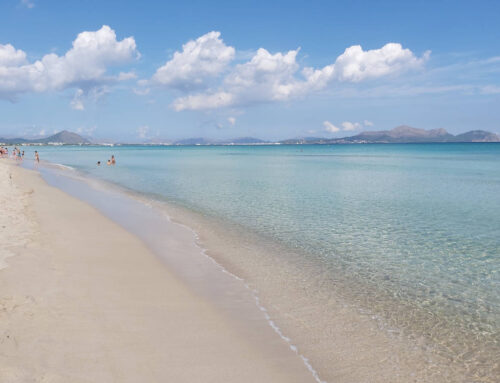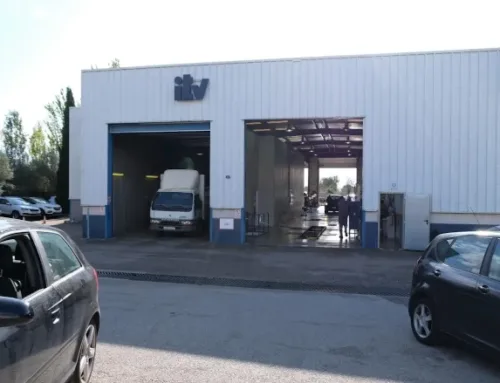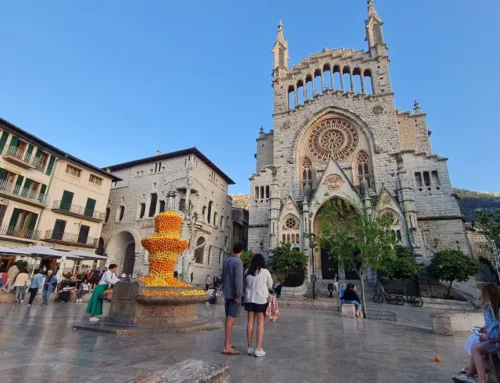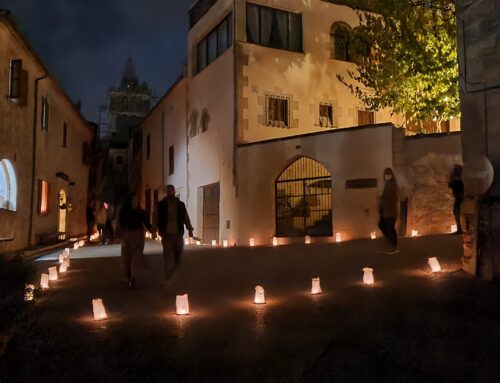Taking a trip to one of the great ephemeris of the conquest of space and go back to July 20, 1969. This is the proposal of CaixaForum Palma and its exhibition “Apollo 11. The arrival of man on the Moon”, which can be visited from June 15 to October 9.
That day, Neil Armstrong and Buzz Aldrin set foot on the lunar surface initiating the exploration of our satellite, with the already historic statement: “That’s one small step for man. One giant leap for mankind”, broadcasted to the whole world. Now visitors can look back on that odyssey and find out what the future of space holds.
The tour begins with the observation of the Moon by Galileo in 1609, through a telescope built by himself, and continues until the moment when human traces could finally be left on the satellite. The exhibition halls show everything we currently know about this natural satellite, how this feat was prepared and how these missions are carried out today.

An interactive display
The exhibition includes sound and graphic documents about the Apollo 11 project before, during and after the arrival on the Moon, as well as what it meant for the progress of society and space sciences. The interactive and multimedia elements will help to better understand the dimensions of space travel. On the one hand, a large tactile table will allow to explore the entire lunar surface and discover all the landing sites of the different missions throughout history.
Another of the highlights is a mechanical interactive element where you can launch a rocket of water and compressed air applying Newton’s third law. Also, you can see videos that show what life in space is like, from how astronauts sleep to how they brush their teeth or hair. It will also be possible to learn more about the astronauts who starred in the Apollo 11 mission or the experiments that were carried out during it.
Among the outstanding pieces of the exhibition are the reproduction of Galileo’s first telescope; the reproduction of the control section of the lunar module; the replica of the diving suit of the military and aerospace engineer Emilio Herrera (forerunner of space suits); food used in space travel, as well as different real objects and hygiene and basic necessities products.







Leave A Comment